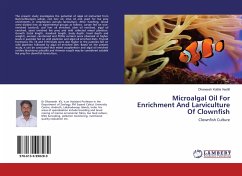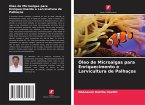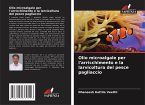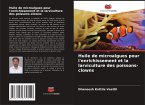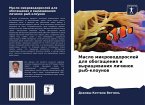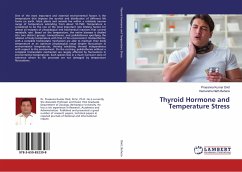The present study investigates the potential of algal oil (extracted from Nannochloropsis salina), cod liver oil, olive oil and yeast for live prey enrichments in Amphiprion percula larviculture. After hatching, larvae were divided into six experimental groups as follows. Larvae fed on non-enriched (control), cod liver oil enriched, olive oil enriched, algal oil enriched, yeast enriched live prey and wild collected mixed plankton. Growth (total length, standard length, body depth, head depth and weight), survival, carotenoid and PUFAs content were observed at higher levels in juveniles fed on wild plankton and algal oil enriched diets. Thyroid hormones (T3, T4 and TSH) levels were also higher in the juveniles fed on wild plankton followed by algal oil enriched diet. Based on the present study, it can be concluded that mixed zooplankton and algal oil enriched rotifers Brachionus plicatilis and Artemia nauplii may be considered suitable live prey for clownfish larviculture.

